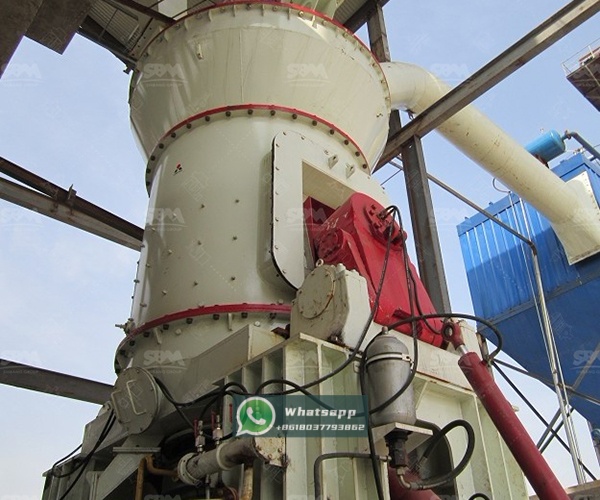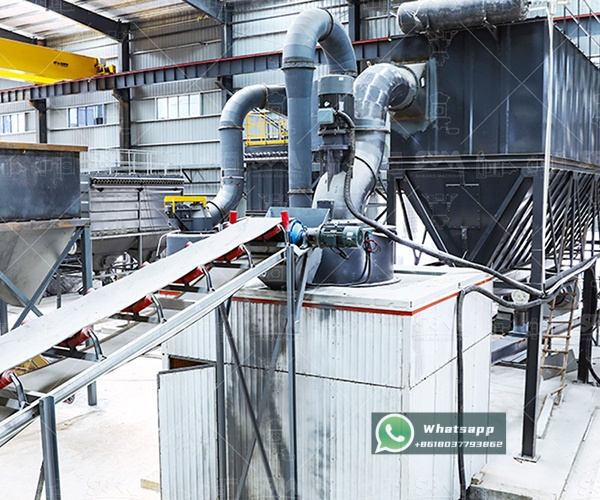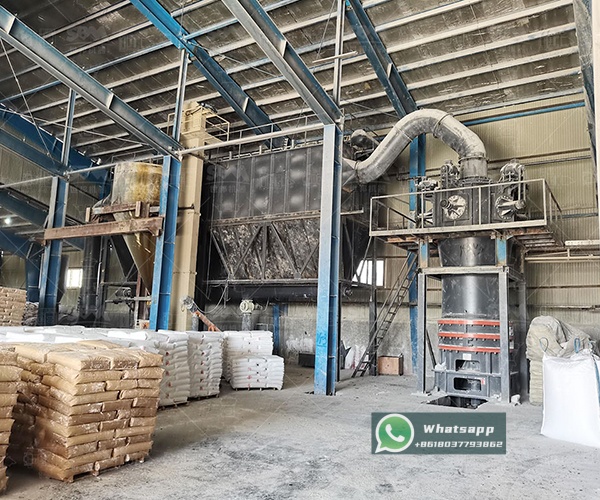The breathable film industry is a rapidly evolving sector, driven by the demand for high-performance materials in hygiene, medical, and packaging applications. At the heart of manufacturing these advanced films lies a critical component: ultrafine calcium carbonate (CaCO3). This functional filler is not merely an additive; it is a performance enhancer that dictates the film’s microporous structure, breathability, and mechanical properties. The quality of the final breathable film is intrinsically linked to the quality of the calcium carbonate used, specifically its particle size distribution, purity, and surface treatment. Producing this high-grade filler requires sophisticated grinding technology capable of delivering consistent, ultra-fine powders with precise characteristics.
Breathable films are microporous membranes that allow water vapor (sweat) to escape while acting as a barrier to liquid water and pathogens. This unique property is achieved through a process called filler-stretching. A masterbatch is first created by compounding a polymer (often polyethylene) with a high loading of a particulate filler, most commonly calcium carbonate. This composite is then extruded into a film. During the subsequent stretching process, the mechanical stress causes the polymer to deform around the rigid filler particles, creating microscopic pores. The size, shape, and distribution of these filler particles directly control the pore structure.
Ultrafine calcium carbonate, with a controlled top-cut and narrow particle size distribution (typically in the range of 1-3 microns with a D97 of less than 6-8 microns), is essential for creating a uniform and high-density pore network. This results in films with excellent breathability (high Moisture Vapor Transmission Rate – MVTR), superior liquid barrier properties, and soft hand feel. Inconsistent or coarse particles can lead to defects like large pores, which compromise the barrier, or insufficient pore density, which reduces breathability.

Producing calcium carbonate that meets the stringent requirements of the breathable film industry is a significant technical challenge. It is not simply about achieving a fine powder; it is about achieving the right fine powder. Key challenges include:
Meeting these challenges requires advanced, reliable, and efficient grinding technology. Shanghai Zenith Machinery Co., Ltd., a leading manufacturer of industrial grinding equipment in China, has developed a range of mills specifically engineered for the production of ultra-fine powders like calcium carbonate. With years of expertise in mineral processing, Zenith’s machinery is designed to deliver the precise particle metrics demanded by high-end industries.
For the production of ultrafine calcium carbonate, two of our standout products are particularly well-suited: the XZM Ultrafine Grinding Mill and the LUM Ultrafine Vertical Mill.
The XZM Ultrafine Grinding Mill is a flagship product designed for producing fine and ultra-fine powder for soft to medium-hard materials. Its innovative design is based on a proprietary grinding ring and roller path, which creates a particle-on-particle grinding effect for greater efficiency and a more precise particle size distribution.
For breathable film filler production, the XZM mill excels because it can easily achieve the required fineness range of 325 to 2500 mesh (approximately 45 to 5 microns). Its efficient classifying system ensures a narrow particle size distribution, minimizing both oversize and undersize fractions. The mill’s compact design and high capacity make it an ideal choice for modern production lines.
| Model | Working diameter (mm) | Max feed size (mm) | Final size (mesh) | Output (kg/h) | Main motor power (kW) |
|---|---|---|---|---|---|
| XZM221 | Φ800 | ≤20 | 325-2500 | 500-4500 | 75 |
| XZM268 | Φ1680 | ≤20 | 325-2500 | 5000-25000 | 315 |

For producers seeking the absolute latest in grinding technology, the LUM Ultrafine Vertical Mill represents the pinnacle of efficiency and control. It integrates superfine grinding, powder selection, and drying into a single unit. Its most significant advantage for CaCO3 production is its ability to produce products with an exceptionally high content of end-fines with precise top-cut control.
The LUM mill employs a highly advanced classifying system that ensures unparalleled accuracy in particle separation. This is critical for breathable film filler, where every oversized particle can be a potential film defect. Furthermore, its vertical structure occupies a smaller area than traditional mills, and its intelligent control system allows for easy adjustment of product fineness and automated operation.
| Model | Main machine power (kW) | Capacity (t/h) | Size distribution D97 (μm) |
|---|---|---|---|
| LUM1525 | 220-250 | 1.6-11.5 | 5-30 |
| LUM1632 | 280-315 | 2.0-13.5 | 5-30 |
| LUM1836 | 355-400 | 2.3-15 | 5-30 |
The quest for superior breathable films begins with superior raw materials. Ultrafine calcium carbonate is a cornerstone of this industry, and its production demands precision engineering. Shanghai Zenith Machinery Co., Ltd. provides the technological backbone for this critical process. Our XZM and LUM grinding mills offer producers the reliability, efficiency, and most importantly, the precise particle control needed to manufacture filler that meets the highest global standards.
By investing in Zenith’s technology, calcium carbonate producers can ensure their product delivers the consistent performance that breathable film manufacturers rely on, enabling the creation of next-generation materials for a healthier and more sustainable future.
